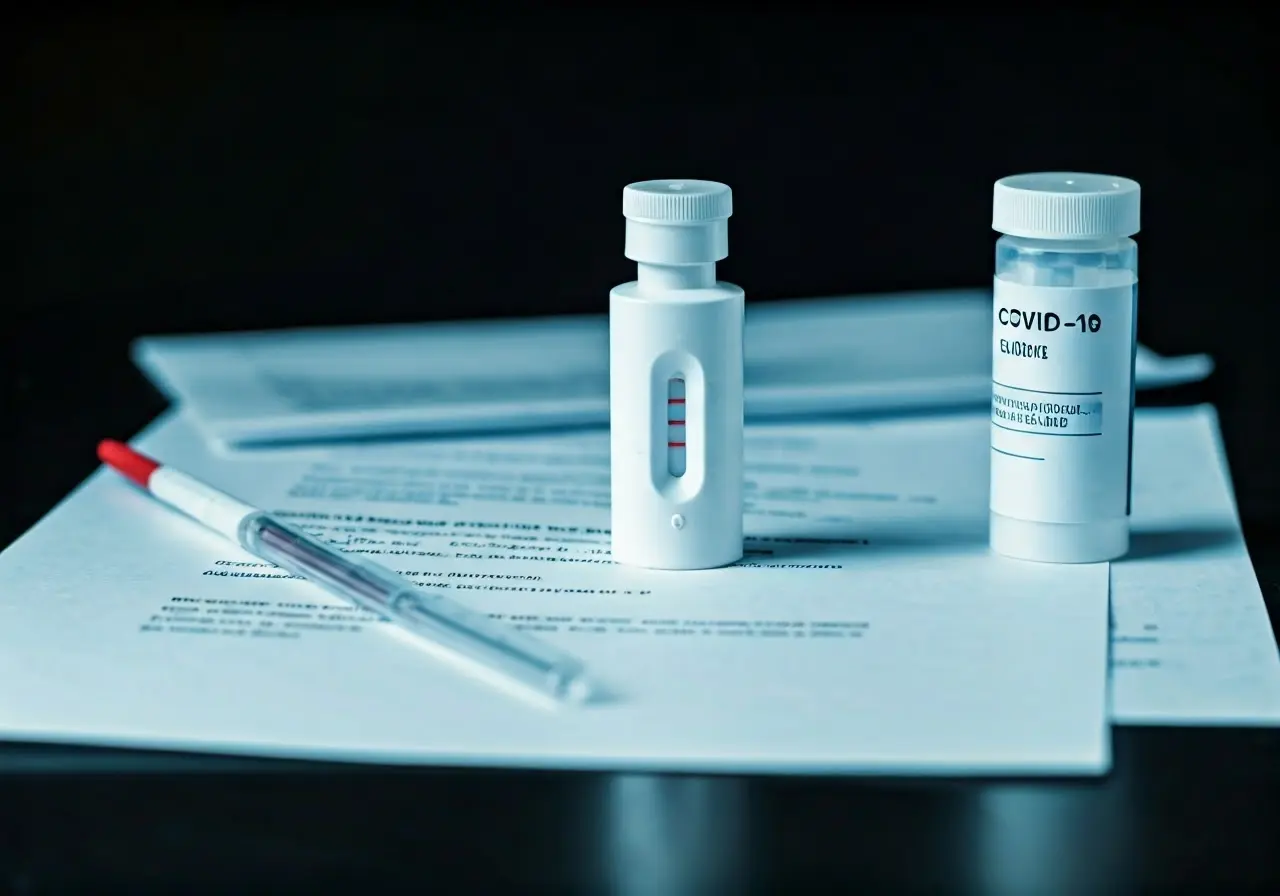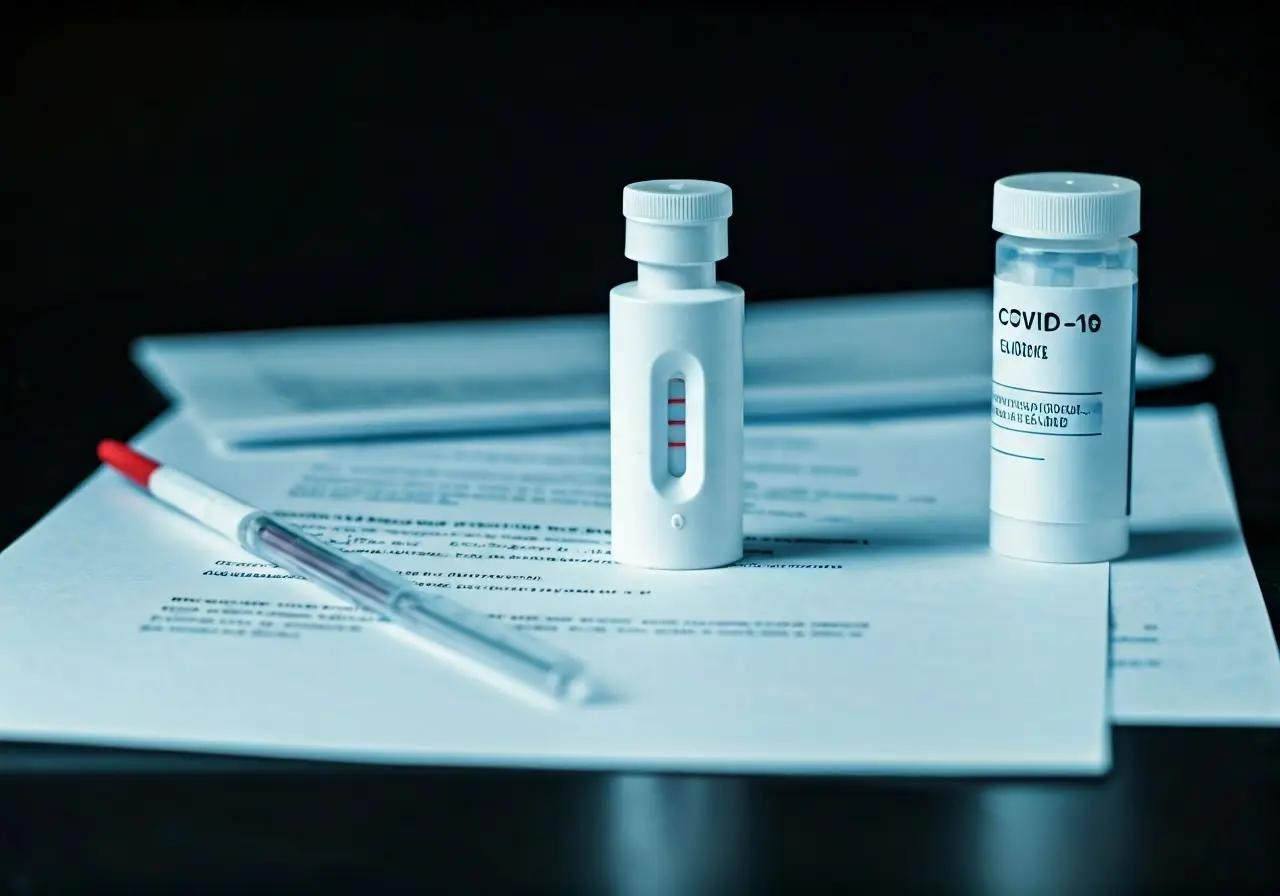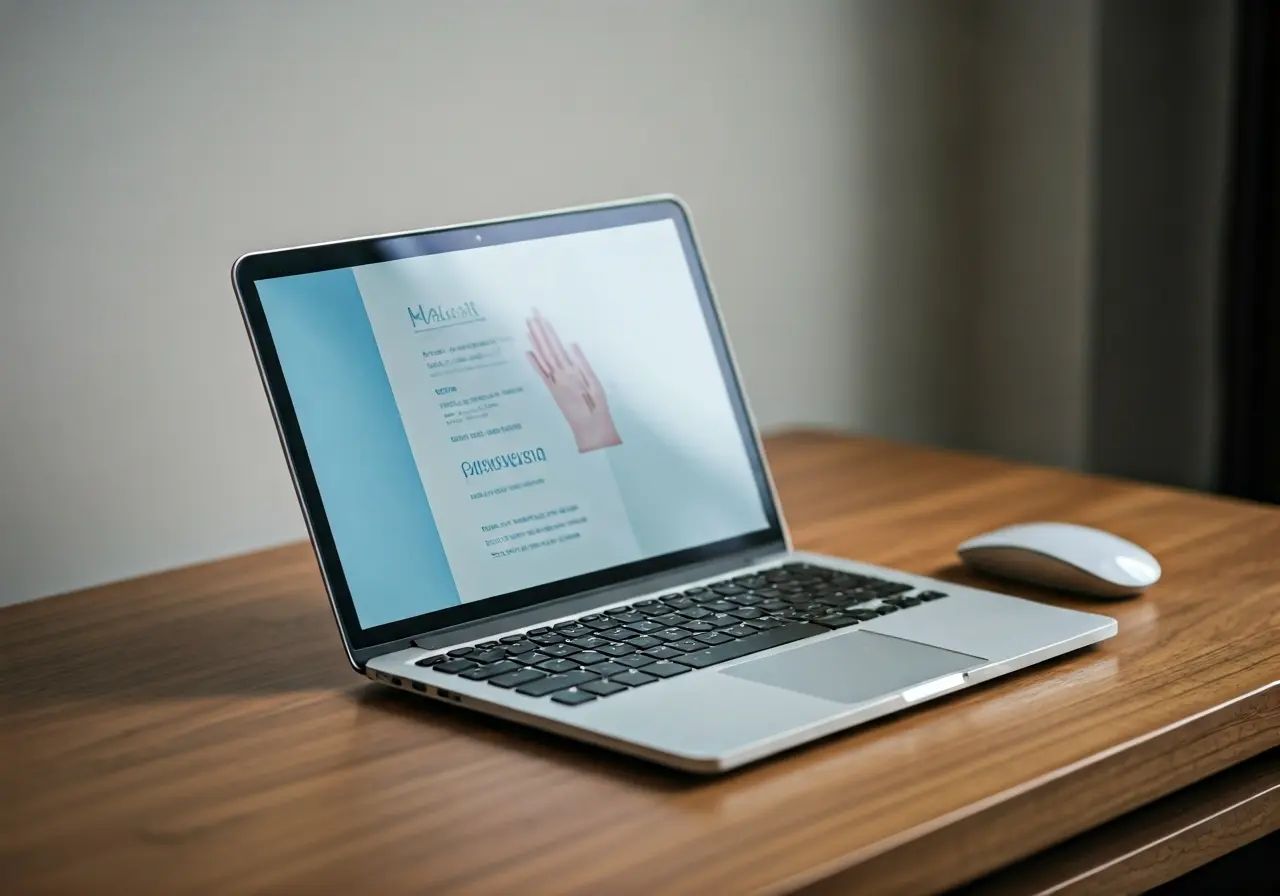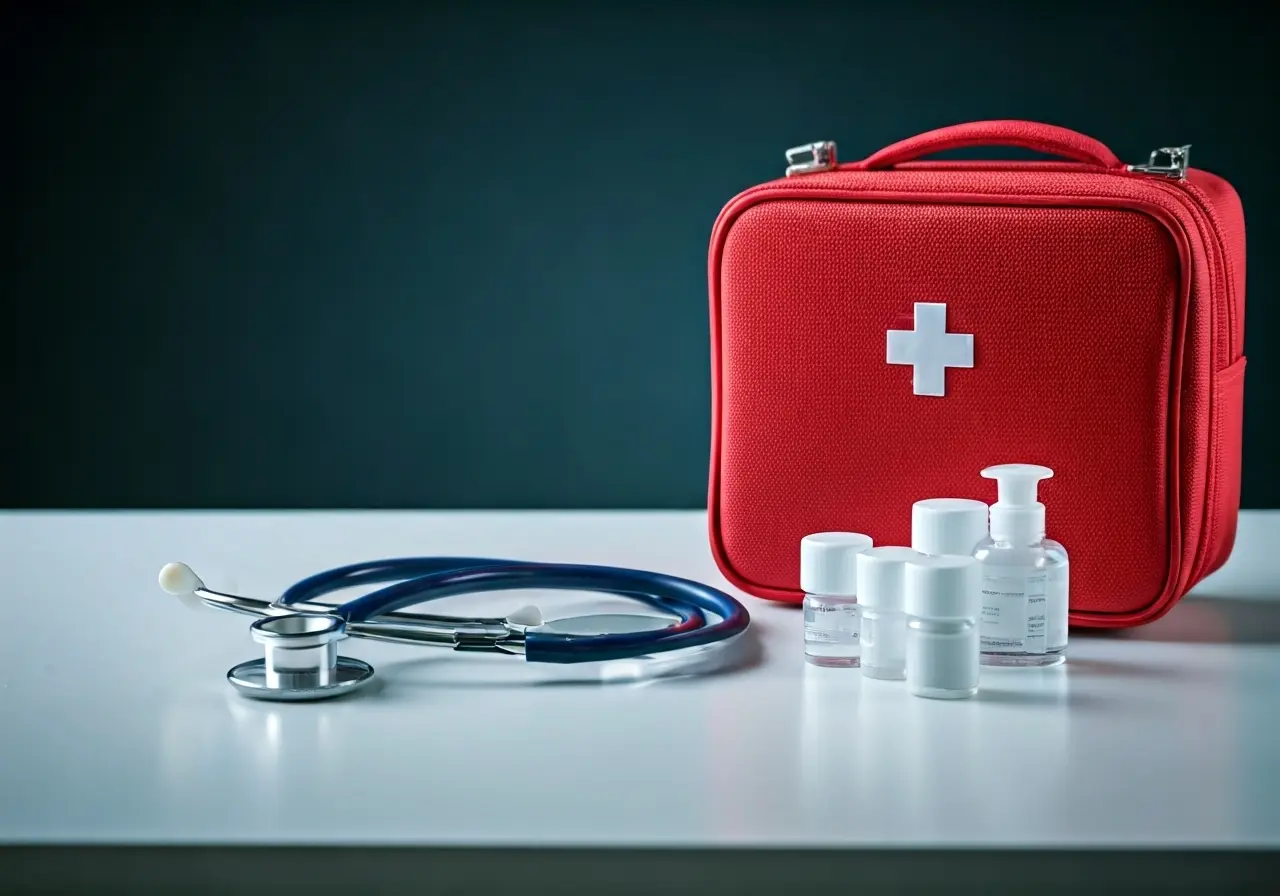In today’s world, understanding and accessing COVID testing can be an essential step toward ensuring your health and well-being. With various testing options and guidelines, it can feel overwhelming to know where to start. This guide will walk you through the simple steps to make COVID testing an easy and reassuring process.
Understanding the Types of COVID Tests
Before diving into the process, it’s important to know the types of COVID tests available. The two main types are molecular tests, such as PCR tests, and antigen tests. Understanding the differences helps you choose the right one for your needs.
Molecular tests, often known as PCR tests, are considered the gold standard for COVID testing due to their high accuracy. These tests detect the virus’s genetic material and are typically processed in a lab. Results may take a day or more, but they are highly reliable. On the other hand, antigen tests, sometimes referred to as rapid tests, detect specific proteins on the surface of the virus. They provide results in a matter of minutes and can be especially useful for quick screening in high-traffic areas. However, they are generally less sensitive compared to PCR tests. Choosing the right test depends on your situation, whether you need quick results or precise accuracy.
Evolving with the pandemic are new and innovative testing methods, such as saliva-based tests and at-home testing kits. Saliva tests offer a less invasive alternative to nasal swabs and have shown promising results in terms of both accuracy and speed. Meanwhile, at-home testing kits have gained popularity, allowing individuals to collect samples in the comfort of their own home. While convenience is a major advantage, it’s crucial to ensure that these tests are FDA-approved for emergency use to ensure their reliability.
Finding a Testing Location
Locating a nearby testing center is the next step. Many pharmacies, clinics, and community health centers offer COVID testing. Some locations might require an appointment, so it’s wise to check ahead of time.
In urban areas, public health departments frequently set up pop-up testing sites in easily accessible locations, such as park grounds or shopping mall parking lots. This can greatly reduce travel time and make it convenient for those relying on public transportation. It’s also a good idea to check with local pharmacies, which often offer testing appointments and have extended hours that accommodate busy schedules. Exploring online resources or apps dedicated to COVID-test location search can streamline this step even further, providing up-to-date information on open sites, wait times, and contact details.
For those living in rural or remote areas, community health centers may provide mobile testing units that travel to various neighborhoods. These mobile units broaden reach and accessibility, ensuring that even the most isolated communities can benefit from testing services. It’s worth noting that some organizations provide free or reduced-cost testing for individuals who lack insurance, which is an important factor for many seeking testing without incurring additional expenses.
Preparing for Your COVID Test
Preparation can ease any anxiety you might have. Depending on the test you choose, you may need to fast or avoid certain activities before your appointment. Follow the specific instructions given by the testing site to ensure accurate results.
Gearing up for a COVID test is simpler with a quick checklist. Begin by gathering the necessary identification and insurance information, if applicable, for seamless processing at the testing site. Dress comfortably, as you may need to stand in line for a brief period, and wear a mask to adhere to health protocols. Prepare to answer basic health queries or to fill out a questionnaire regarding recent symptoms or potential exposure to COVID-19. Online registration, if available, can expedite entry and reduce wait times.
If you’re taking a PCR test, certain preparations may be crucial. Typically, you will be advised to avoid eating, drinking (including water), chewing gum, brushing your teeth, or using mouthwash for a few hours before the test. Adhering to these guidelines ensures accurate collection and processing of the sample. In contrast, rapid antigen tests generally have less rigorous preparation criteria, which can make them more attractive for those with active, busy lives or those who need frequent testing for workplace or travel requirements.
What to Expect During Testing
Testing procedures vary. While molecular tests are usually conducted through nasal swabs, antigen tests can often be self-administered. Knowing what to expect can help you feel more at ease during the process.
Upon arriving at the testing site, you may be directed to a specific area where the testing will take place. Staff members, wearing protective gear, will guide you through the process. For PCR tests, the trained healthcare professional will gently insert a long swab into your nose, reaching the nasopharynx, where they will collect a sample. Although the sensation can be uncomfortable, it is brief and essential for accurate results. Remember to breathe steadily and relax as much as possible.
In the case of self-administered antigen tests, you’ll receive a kit with clear instructions. Typically, you’ll swab inside your nostrils and then place the swab into a provided solution or test strip. The kit will contain everything you need, and site staff will be available to answer any questions or help address concerns. This method offers a degree of autonomy and is appreciated by those who prefer a less invasive experience.
Interpreting Your Results
Understanding your test results is crucial. A negative result typically indicates you are not infected, but following up with a healthcare provider is recommended, especially if symptoms persist. Stay informed about what your results mean for your next steps.
If your test result is positive, it’s important to follow the recommended guidelines rigorously. Begin with self-isolation to prevent spreading the virus to others. Notify your close contacts so they too can take appropriate precautions, such as testing and quarantining if necessary. Consider reaching out to your healthcare provider who can guide you on symptom monitoring and potential treatment options. Staying informed of the latest treatment protocols or possible enrollment in therapeutic trials can also be beneficial if you experience severe symptoms or are at higher risk of complications.
In instances of inconclusive or invalid results, it’s best to consult with your testing provider about a retest. Variability can occur due to improper sample collection or degradation of the sample during transport. Immediate re-evaluation is advisable to ensure your health safety and that of those around you. Ultimately, consistently staying updated about developments in COVID-19 testing and guidance on reliable information sources can further empower you to interpret your results with clarity and confidence.
Taking Charge of Your Health
By following these simple steps and remaining informed about COVID testing, you can take control of your health with confidence. Remember, regular testing not only ensures your own safety but also contributes to the health and well-being of your community.





